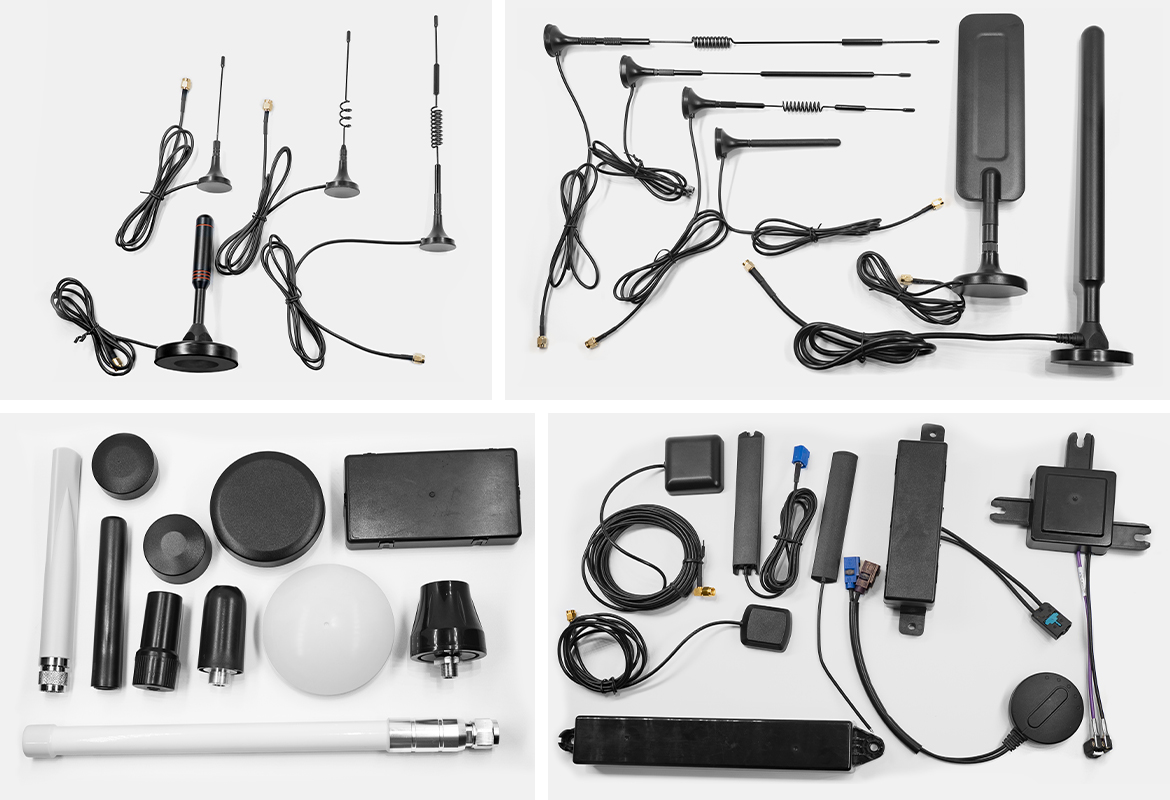Rubber duck antennas are a common sight in the world of wireless communication. But what exactly are they, and why have they gained such popularity? In this article, we will delve into the science behind rubber duck antennas, exploring their design, functionality, and applications.

Understanding Rubber Duck Antennas
Rubber duck antennas, often referred to as rubber duckies, are compact, flexible antennas typically used in handheld radios and other portable communication devices. Their design usually features a helical coil or a simple monopole structure, which allows them to be lightweight and durable. But how do these antennas function effectively in various environments?
- Design: The rubber duck antenna's structure is designed to resonate at specific frequencies, making it suitable for VHF and UHF bands.
- Flexibility: The rubberized exterior provides protection against physical damage, enhancing the antenna's longevity.
- Portability: Their compact size makes them ideal for portable devices, ensuring ease of use in various settings.
How Rubber Duck Antennas Work
At the core of rubber duck antennas is the principle of electromagnetic radiation. When an electrical current flows through the antenna, it generates an electromagnetic field that transmits signals. The design of the antenna influences its efficiency and range. For instance, a longer antenna typically provides better performance due to its ability to capture more signal energy.
Have you ever wondered why some rubber duck antennas perform better than others? The answer lies in their construction and the materials used. High-quality rubber duck antennas often incorporate advanced materials that enhance signal reception and transmission.
Applications of Rubber Duck Antennas
Rubber duck antennas are widely used in various applications, including:
- Amateur Radio: Many ham radio operators prefer rubber duck antennas for their portability and ease of use.
- Walkie-Talkies: These antennas are commonly found in handheld communication devices, providing reliable connectivity.
- Mobile Communication: Rubber duck antennas are often used in vehicles for mobile communication systems.
Due to their versatility, rubber duck antennas are an excellent choice for both casual users and professionals alike.
Why Choose Rubber Duck Antennas?
There are several reasons why rubber duck antennas have become a popular choice in the communication industry:
- Cost-Effective: They are generally more affordable compared to other types of antennas.
- Ease of Use: Their plug-and-play design makes them user-friendly, even for those new to radio communication.
- Durability: The rubberized exterior protects against environmental factors, ensuring reliable performance.
For those interested in exploring high-quality options, you can check out  for a range of rubber duck antennas that meet various needs.
for a range of rubber duck antennas that meet various needs.
Conclusion
In summary, rubber duck antennas are a remarkable blend of design and functionality. Their popularity stems from their versatility, durability, and cost-effectiveness. Whether you are an amateur radio enthusiast or a professional in need of reliable communication, rubber duck antennas are worth considering. Understanding how they work can help you make informed decisions about your communication needs.







